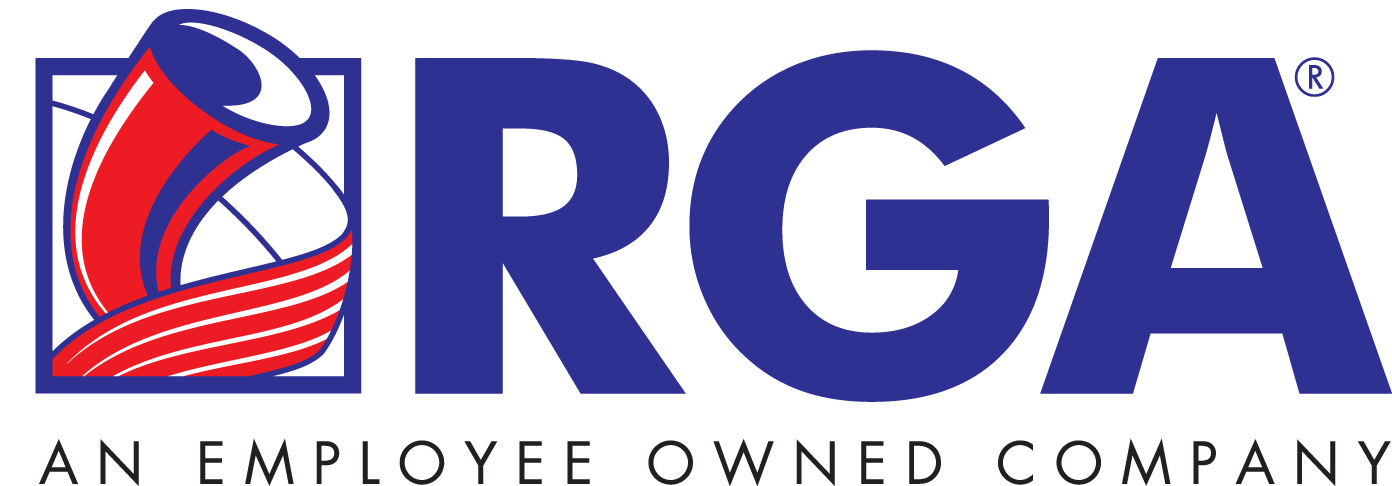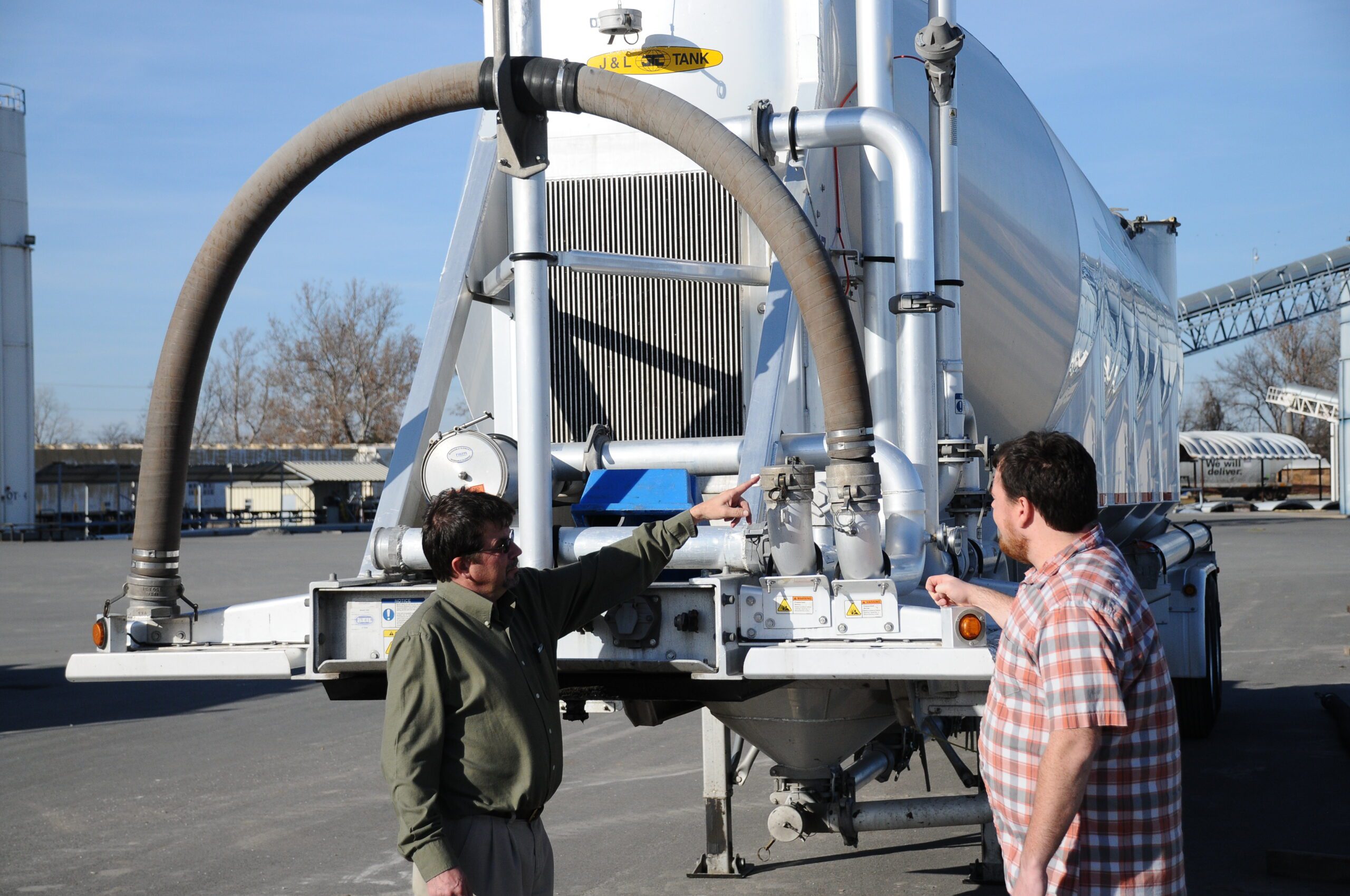

STAMPED WORKSHEET
STAMPED is an acronym identifying seven areas of information to be secured about the intend use application for the finished assembly. If properly completed, the STAMPED form can be used to guide the Distributors team through planning, design, fabrication, testing, packaging, and delivery.
Using STAMPED will ensure the right questions about conditions, application, and use are being asked.
S – SIZE: I.D., O.D. and length
- What is the I.D. (Inside Diameter) of the hose?
- What is the O.O. (Outside Diameter) of both ends of the hose?
- What is the overall (uncoupled) length of the assembly required?
T – TEMPERATURE: of the material conveyed and environmental
- What is the temperature range of the media (product) that is flowing through the hose assembly?
- What temperature range will the hose be exposed to?
- Is the medial flow intermittent or constant?
A – APPLICATION: the conditions of use
- How is the hose assembly being used?
- Is it a pressure application?
- Is it a vacuum (suction) application?
- Is it a gravity flow application?
- Are there any special requirements that the hose assembly is expected to perform?
- Is the hose being used in a horizontal or vertical position?
- Are there any pulsations or vibrations acting on the hose assembly?
- Have there been any changes since the last hose installation?
- How long did the existing hose last? Why did it fail?
- Is this a new application?
M – MATERIAL: being conveyed, type and concentration
- What is the media (product) that is flowing through the hose assembly? (Solids, Gas, Liquid, Caustic, Acid/Alkaline, Chemical, etc.)
- Being specific is critical. Check for: abrasive materials, chemical compatibility, etc.
P-PRESSURE: to which the assembly will be exposed
- What is the maximum pressure, including surges, (or maximum vacuum), that this hose assembly will be subjected to?
- Always rate the maximum working pressure of your hose assembly by the lowest rated component in the system.
E – ENDS: style, type, orientation, attachment methods, etc.
- What couplings have been requested by the users?
- Are they the proper fittings for the application and hose selected?
- Regulatory considerations.
- Assembly certification requirements.
D – DELIVERY: testing, quality, packaging, and delivery requirements
- Lead time.
- Quantity.
- Special braiding or colors.
- Special packaging.
Additional Considerations:
| Abrasion | Ozone |
| Electrical conductivity | Permeation (Vapor conveying hose) |
| Environment | Routing |
| Flammability | Saltwater |
| Flow rate | Static electricity |
| Fluid velocity/Impulse | Ultraviolet light |
| Movement (Type, Distance, Frequency) | Vibration (Frequency Rate – Hz, Amplitude “G” load) |

